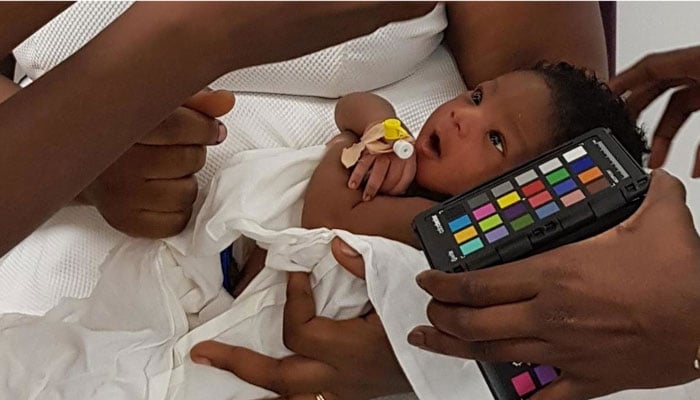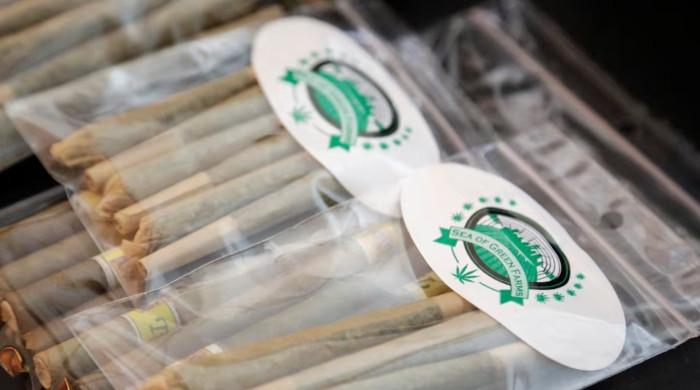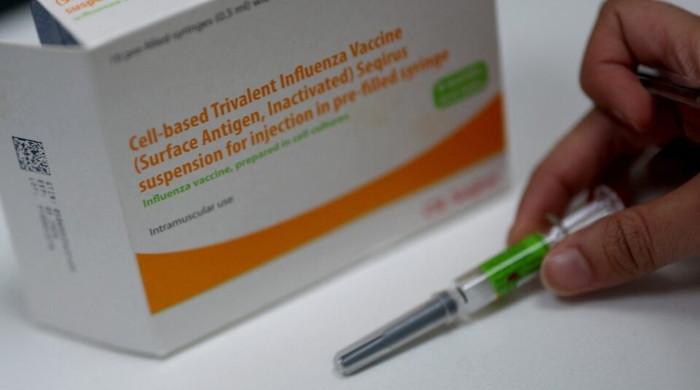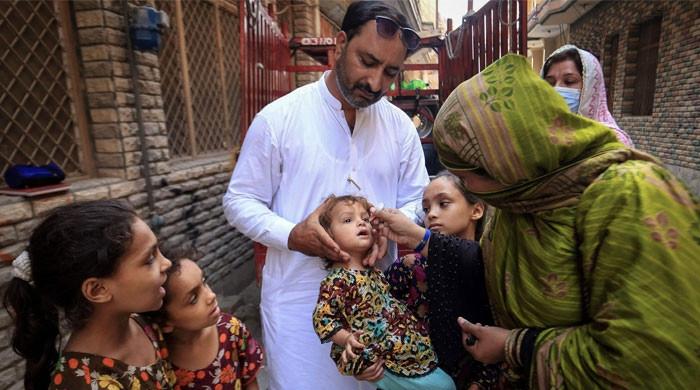App that detects jaundice in newborns could save hundreds of thousands of lives in Asia and Africa
Jaundice caused by high levels of a yellow compound called bilirubin that is produced during normal breakdown of red blood cells
March 03, 2020

WASHINGTON: A smartphone app that lets users check the eyes of newborn babies for jaundice may be an effective, low-cost way of identifying which cases need treatment, scientists reported Monday.
Jaundice, a liver problem which causes the skin and whites of the eyes to turn yellow, causes 114,000 newborn deaths and 178,000 cases of disability a year.
Also read: WHO boss urges people to fight coronavirus 'before it gets out of control'
Three-quarters of the deaths occur in South Asia and sub-Saharan Africa, meaning the results of this new pilot study — published in the journal PLOS ONE and led by researchers at the University College London (UCL) — could be an important boost to health care professionals in poorer regions.
Senior author Terence Leung, from UCL´s medical physics and biomedical engineering department, said: "In many parts of the world, midwives and nurses rely on sight alone to assess jaundice. However, this is unreliable, especially for newborns with darker skin.
Also read: CES 2020: Tech solutions for senior citizens
"Our smartphone-based method provides a more robust assessment, ensuring serious cases do not go unnoticed. While we await the evidence of a larger trial, we believe that this method, used as an app, could help to prevent the deaths of newborn babies due to severe jaundice worldwide."
Jaundice is caused by high levels of a yellow compound called bilirubin that is produced during normal breakdown of red blood cells. Most cases are harmless, but in some instances a neurotoxic form of bilirubin can enter the brain, leading to death or disabilities like hearing loss, cerebral palsy and cognitive impairment.
Also read: Indians have smallest brains in the world: research
Newborns suspected of having jaundice can be given a blood test at the hospital, but the condition sometimes only occurs several days after birth once the child has been brought home.
In the current study, smartphone pictures were taken of 37 newborn babies who had been referred for blood tests. The images were processed to remove distortions from background light and the yellowness of the eyes were quantified to predict bilirubin levels.
Also read: CES 2020: Fashion in the age of technology
The predictions were then compared to the blood test results, with the algorithm correctly identifying all cases that would normally require treatment. The app was also 60 percent successful at identifying cases that did not require treatment.
The success rate was comparable to transcutaneous bilirubinometers — hand-held devices that cost upwards of $6,000 and are recommended for use by midwives. The method is now being tested in a larger trial involving more than 500 babies in Ghana.









